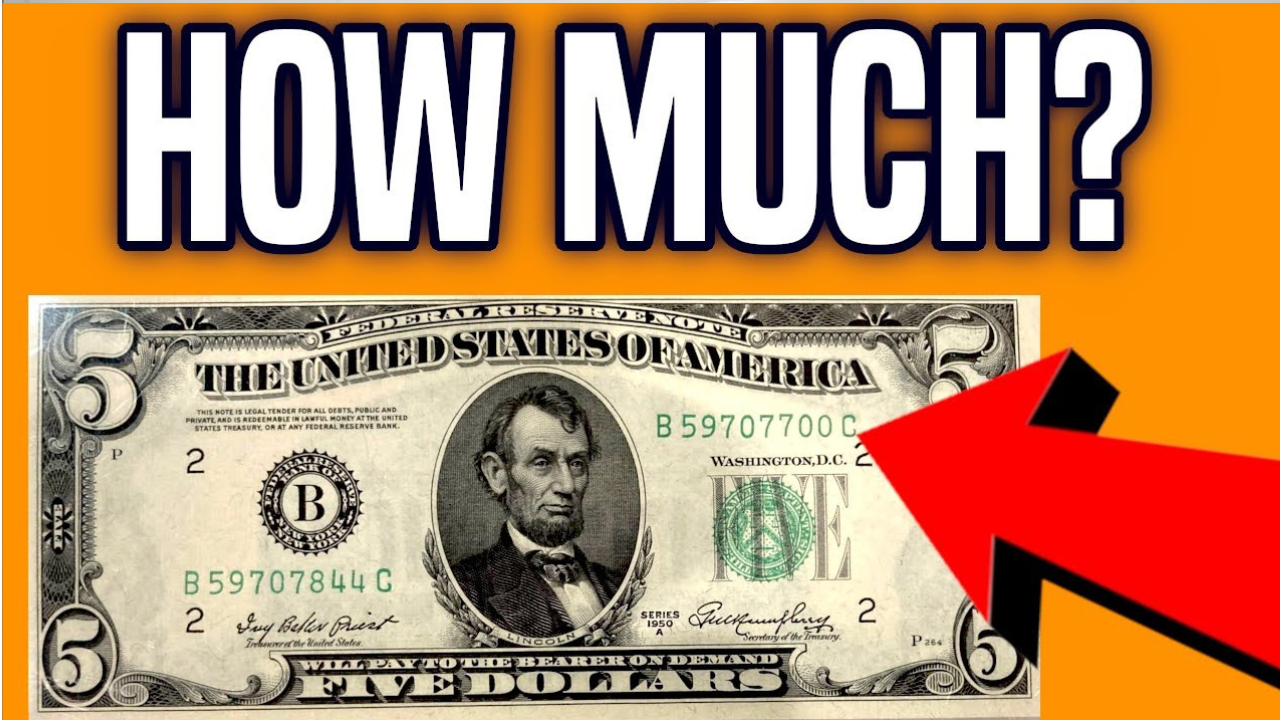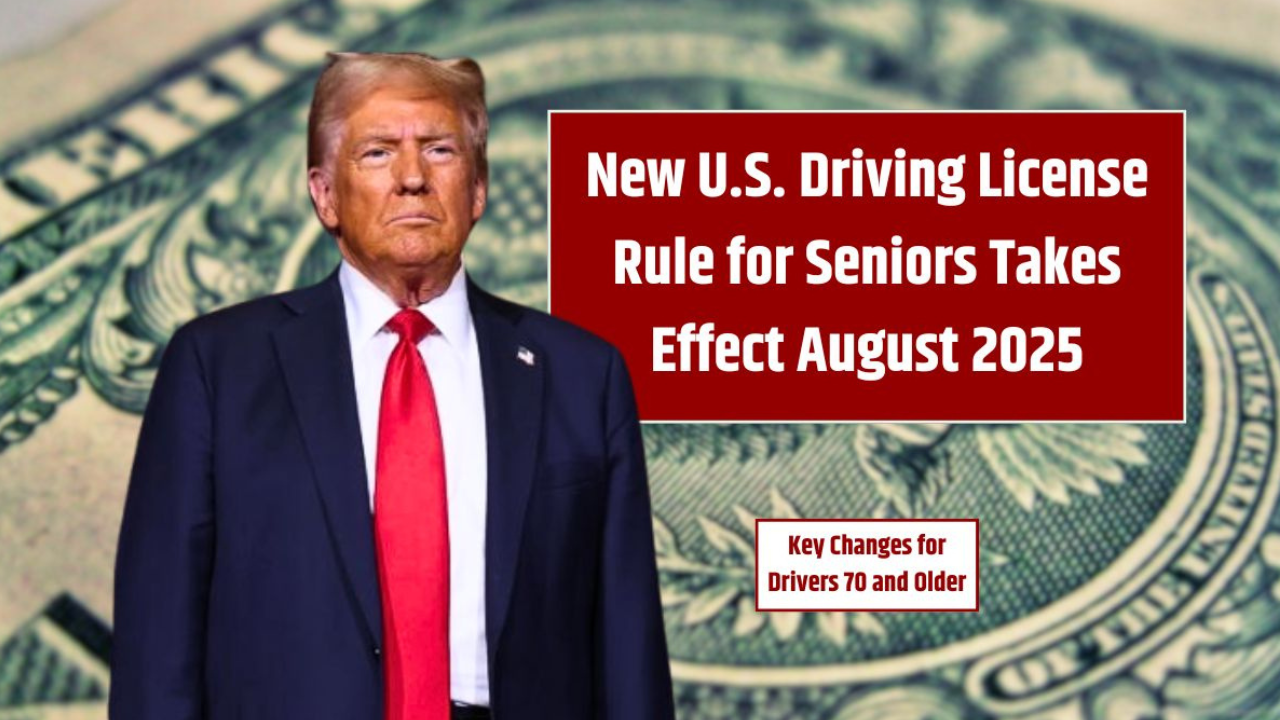Check the Money in Your Pocket:Sometimes, a seemingly simple item turns out to be a hidden treasure. That’s what could be the case with something in your wallet or an old drawer—a 1995 $5 bill stamped upside down. Although most $5 bills are worth exactly that—five dollars—this rare printing mistake has collectors in a tizzy and wallets being re-examined.
So, how do you know if you have one? Here’s everything you need to know about this unique and valuable piece of U.S. currency.
What’s so Special About a 1995 $5 Bill?
The 1995 $5 bills are from a common printing series, but what makes some of these so extraordinary is a printing error involving the Treasury Department’s seal—you know, that green emblem to the right of Abraham Lincoln’s portrait.
On these rare erroneous notes, the seal is printed upside down, a mistake that somehow escaped the Bureau of Engraving and Printing’s quality control process.
This printing error isn’t just an oddity—it’s an extremely popular collectible. Depending on its condition and rarity, such a note can be worth hundreds to thousands of dollars.
How to Identify an Upside-Down Seal
Here’s a step-by-step guide to help you figure out if your 1995 $5 note is one of these rare gems:
- Check the Date
First, make sure your note is from the 1995 series. You’ll find the series year printed on the bottom right of Lincoln’s portrait, just above the treasurer’s signature.
2. Check the Seal
a normal $5 note, the green Treasury Department seal is upright to the right of Lincoln’s face.
On a fake note, the seal appears upside down. This is immediately noticeable if you compare it with a normal $5 note.
3.Check Carefully
Don’t mistake a bent or damaged note for a fake one. Tilt it, check the alignment, and make sure the seal is clearly upside down, not just crooked or blurry.
4. Look for matching serial numbers
Some flawed bills with inverted seals also have unusual or “fancy” serial numbers (such as repeated digits or palindromes), which can further increase the value.
How much is it worth?
The value of a 1995 $5 note with reverse seal depends on a few key factors:
- Condition (grade): Crisp, uncirculated notes are most valuable.
- Rarity: Less known notes = more value.
- Authentication: Verified by a reputable currency grading service.
- Collector demand: If the note is being talked about in the coin and currency world, its value may increase.
On average, a verified 1995 $5 note with reverse seal in excellent condition can fetch anywhere from $300 to $1,500, with particularly rare or antique specimens selling for even more at auction or among collectors.
Where can you get it authenticated?
If you think you’ve found a bill with a reverse stamp, don’t spend it – get it authenticated. Contact reputable numismatic organizations, such as:
- PMG (Paper Money Guarantee)
- PCGS Currency
- ANA (American Numismatic Association)
They will evaluate your bill and certify its authenticity and grade, which can dramatically increase its resale value.
Why do These Errors Happen?
Misprints on currency occur during the complex process of printing currency in multiple layers. The stamp is usually printed last, and sometimes pages are accidentally turned over, misaligned, or put into the printing press incorrectly.
Most errors are caught and destroyed, but sometimes a few lots survive—making them prized rarities in the world of collectors.





